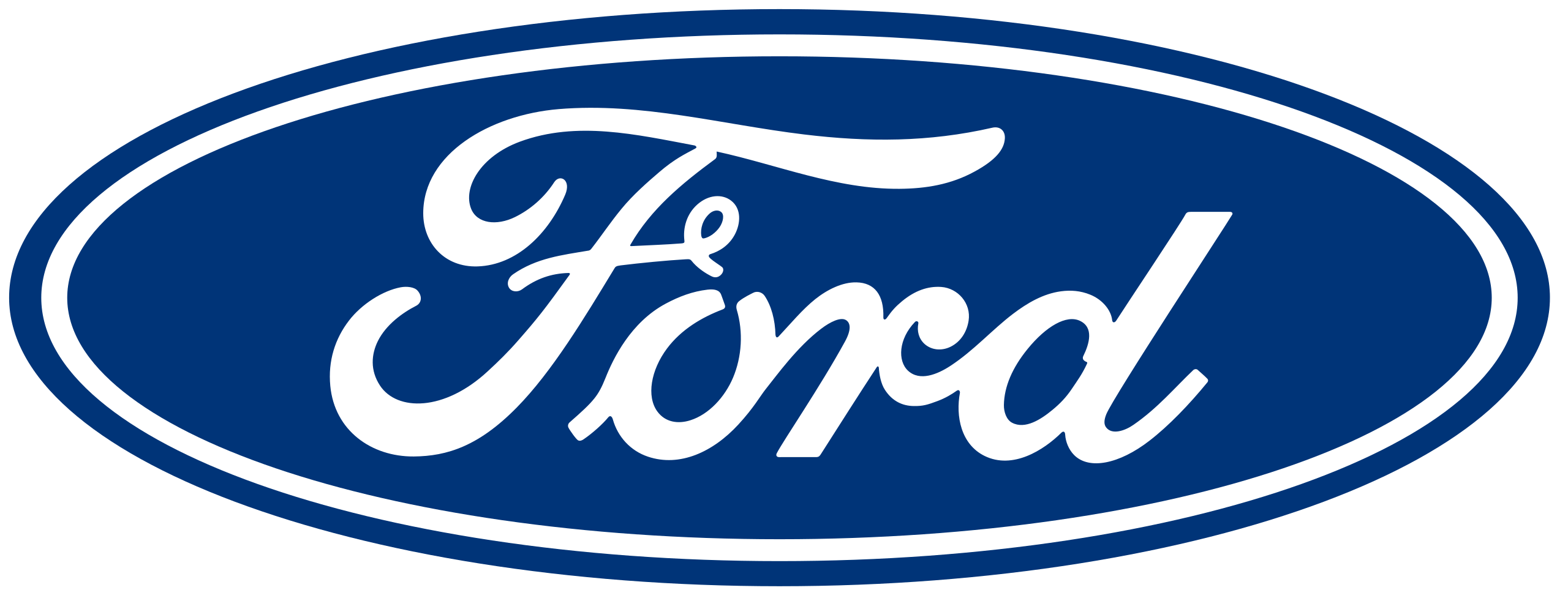2023 FORD Transit Engine Oil and Fluids Guide
Introduction
This thorough manual on engine oil and fluids for the 2023 Ford Transit is now available. In this manual, we’ll go into great detail on what you should know to properly maintain and operate the engine in your car. To extend the life of your Ford Transit and ensure smooth and effective running, proper care and routine maintenance of your engine oil and fluids are essential.
Engine Oil and Fluids Are Important
Your 2023 Ford Transit’s overall health and functionality depend heavily on engine oil and fluids. They are in charge of lubricating important engine parts, lowering friction, removing heat, and avoiding wear and tear. Fluids that are kept in good condition help to maximize fuel efficiency, improve engine performance, and reduce the likelihood of expensive repairs.
ENGINE OIL – 3.5L DURATEC/ 3.5L ECOBOOST™
ENGINE OIL DIPSTICK OVERVIEW – 3.5L DURATEC/3.5L ECOBOOST™

- A Minimum.
- B Maximum.
CHECKING THE ENGINE OIL LEVEL
- Make sure that your vehicle is on level ground.
- Check the oil level before starting the engine, or switch the engine off after warming up and wait 10 minutes for the oil to drain into the oil pan.
- Remove the dipstick and wipe it with a clean, lint-free cloth.
- Reinstall the dipstick and make sure it is fully seated.
- Remove the dipstick again to check the oil level.
Note: If the oil level is between the maximum and minimum marks, the oil level is acceptable. Do not add oil. - If the oil level is at the minimum mark, immediately add oil.
- Reinstall the dipstick. Make sure it is fully seated.
Note: The oil consumption of new engines reaches its normal level after approximately 3,000 mi (5,000 km).
ADDING ENGINE OIL
WARNING: Do not remove the filler cap when the engine is running.
WARNING: Do not add engine oil when the engine is hot. Failure to follow this instruction could result in personal injury.
Do not use supplemental engine oil additives because they are unnecessary and could lead to engine damage that the vehicle warranty may not cover.
- Clean the area surrounding the engine oil filler cap before you remove it.
- Remove the engine oil filler cap.
- Add engine oil that meets our specifications. See Capacities and Specifications .
- Reinstall the engine oil filler cap. Turn it clockwise until you feel a strong resistance.
Note: Do not add oil further than the maximum mark. Oil levels above the maximum mark may cause engine damage.
Note: Immediately soak up any oil spillage with an absorbent cloth.
RESETTING THE ENGINE OIL CHANGE REMINDER
Only reset the oil life monitoring system after changing the engine oil and oil filter.
- Using the instrument cluster display controls on the steering wheel, select Settings.
- Select Information.
- Select Oil Life.
- Press and hold the OK button until the system reset confirmation appears.
ENGINE OIL CAPACITY AND SPECIFICATION
For filling information, please refer to the Capacities and Specifications section of your owner’s manual. See Engine Oil Capacity and Specification.
ENGINE OIL – INFORMATION MESSAGES
| Message | Action |
| Change Engine Oil Soon | Displays when the engine oil life is becoming depleted. Have the engine oil changed as soon as possible. |
| Oil Change Required | Displays when the engine oil life is depleted. Have the engine oil changed as soon as possible. |
ENGINE AIR FILTER – 3.5L DURATEC/3.5L ECOBOOST™
CHANGING THE ENGINE AIR FILTER
WARNING: To reduce the risk of vehicle damage and personal burn injuries, do not start your engine with the air cleaner removed and do not remove it while the engine is running.
Note: Failure to use the correct air filter element may result in severe engine damage. Resulting component damage may not be covered by the vehicle Warranty.
Only use the specified air filter. See Capacities and Specifications.
Change the air filter element at the correct service interval. See Scheduled Maintenance.

- Disconnect the intake air temperature sensor electrical connector and cable from the air filter cover.
- Clean the area around the air tube to air filter cover connection to prevent debris from entering the system and then loosen the bolt on the air tube clamp so the clamp is no longer snug to the air tube. It is not necessary to completely remove the clamp. Pull the air tube off from the air filter cover.
- Release the clamps that secure the air filter cover to the air filter housing.

- Carefully lift the air filter housing cover. Remove the air filter element from the air filter housing.
- Install a new air filter element.
- Replace the air filter housing cover. Engage the clamps that secure the air filter housing cover to the air filter housing. Be careful not to crimp the filter element edges between the air filter housing and cover. Make sure that the tabs on the edge are correctly aligned into the slots.
- Slip the air tube onto the air filter cover and firmly tighten the bolt on the air tube clamp, but do not overtighten. Reconnect the intake air temperature sensor electrical connector to the outlet tube. Make sure the locking tab on the connector is in the locked position.
ENGINE AIR FILTER – INFORMATION MESSAGES
| Message | Action |
| Filter OK | Indicates the engine air filter is performing as expected. |
| Check Filter See Manual | Indicates that there is a higher than expected restriction across the engine air filter, which could represent an air filter at full useful life or a filter with an obstruction. When this displays, inspect the engine air filter and replace if necessary. After the inspection or engine air filter replacement, you must reset the system in order to change the status from Check Filter to Filter OK. |
| System Fault See Manual | Indicates that there is an error within the electronic air filter maintenance minder system requiring service. |
ENGINE COOLING FAN – 3.5L DURATEC/3.5L ECOBOOST™
WARNING: Keep your hands and clothing clear of the engine cooling fan.
Under certain conditions, the engine cooling fan may continue to run for several minutes after you switch your vehicle off.
FAQs
Synthetic engine oil that complies with Ford’s requirements is normally required for the 2023 Ford Transit. For detailed recommendations on viscosity and requirements for your particular engine, consult your owner’s handbook.
Generally speaking, Ford advises replacing the engine oil and filter every 7,500 to 10,000 miles, but it’s preferable to stick to the maintenance schedule provided in your owner’s manual.
While synthetic oil is typically advised, you can use regular oil as long as it satisfies the necessary requirements. However, synthetic oil provides superior protection and performance.
Your owner’s manual will list the type and volume of recommended transmission fluid. To guarantee proper transmission function, use the recommended fluid.
As part of routine maintenance, check the level of your transmission fluid frequently. Make sure to stick to the intervals suggested in your owner’s handbook.
Use a coolant that complies with the requirements laid out in your owner’s manual by Ford. Usually, it’s a particular kind of coolant called “Motorcraft Premium Gold Engine Coolant.
The time between suggested coolant replacements can change. For the precise timetable, consult your owner’s manual.
For information on the recommended type and capacity of power steering fluid, consult your owner’s manual. To ensure optimal power steering performance, use the recommended fluid.
Consistently check the level of your power steering fluid and adhere to the recommended maintenance schedule in your owner’s handbook.
Depending on the particular model and transmission, a dipstick for monitoring automatic transmission fluid may or may not be available. Consult your owner’s manual for instructions.
To guarantee appropriate braking system function, use high-quality DOT 3 brake fluid or the kind suggested in your owner’s handbook
The time between replacing brake fluid can differ. The suggested timetable can be found in your owner’s manual.
You can produce your own windshield washer fluid by combining water and washer fluid concentrate, or you can buy commercial all-season windshield washer fluid.
To ensure clear visibility while driving, regularly check the washer fluid level and refill it as necessary.
Generally speaking, Ford advises using genuine Ford fluids and additives to ensure your vehicle’s maximum performance and longevity. The use of aftermarket goods could void warranties or have an impact on performance. For instructions, always consult your owner’s handbook.
Useful Link
View Full PDF:2023 FORD Transit Owner’s Manual| Auto User Guide
Download Manual: Ford Vehicle Owner Manuals | Ford


